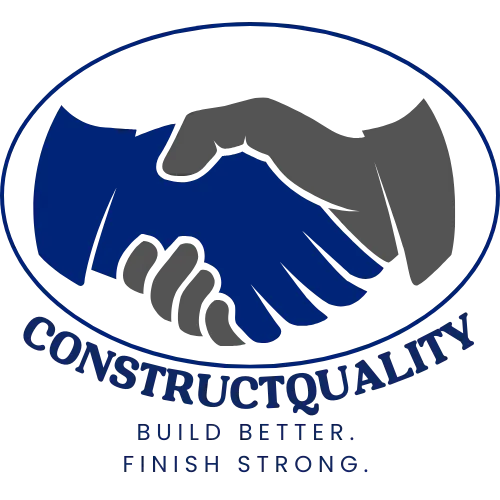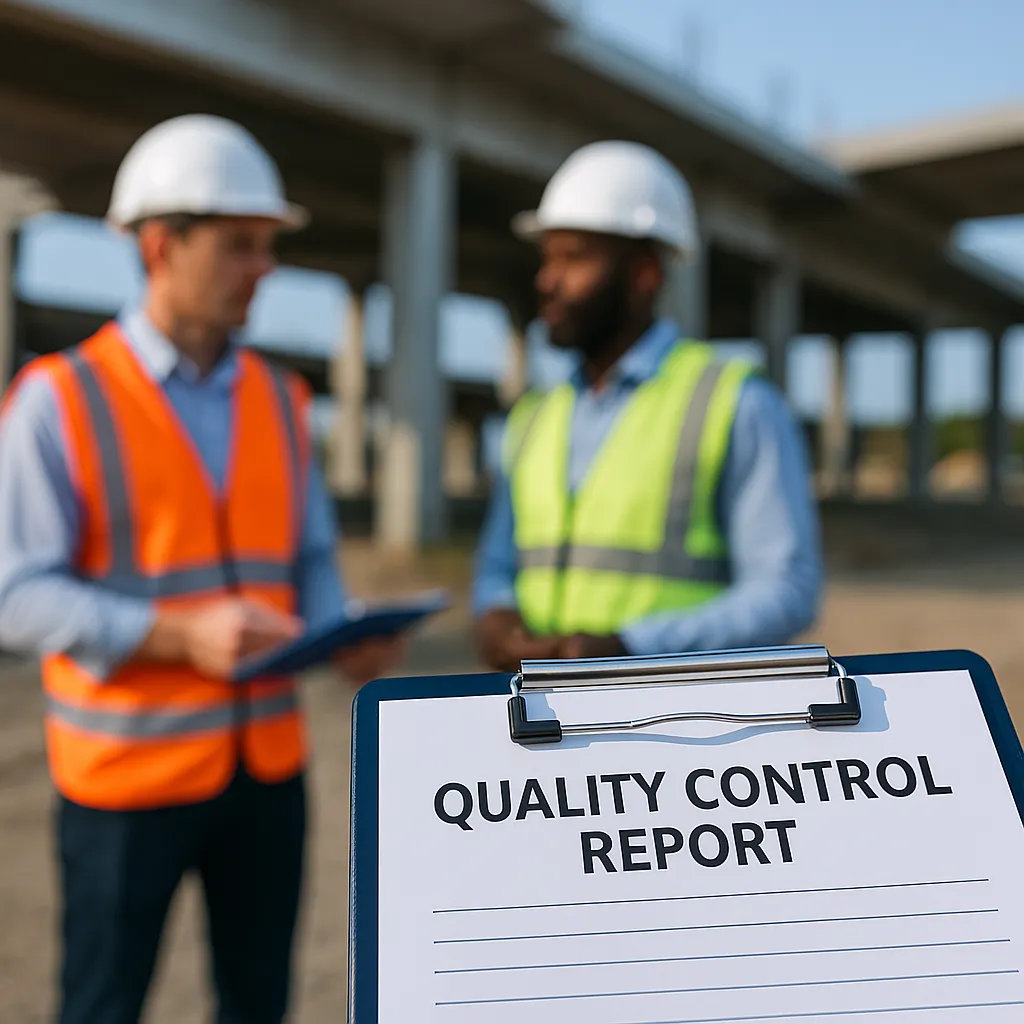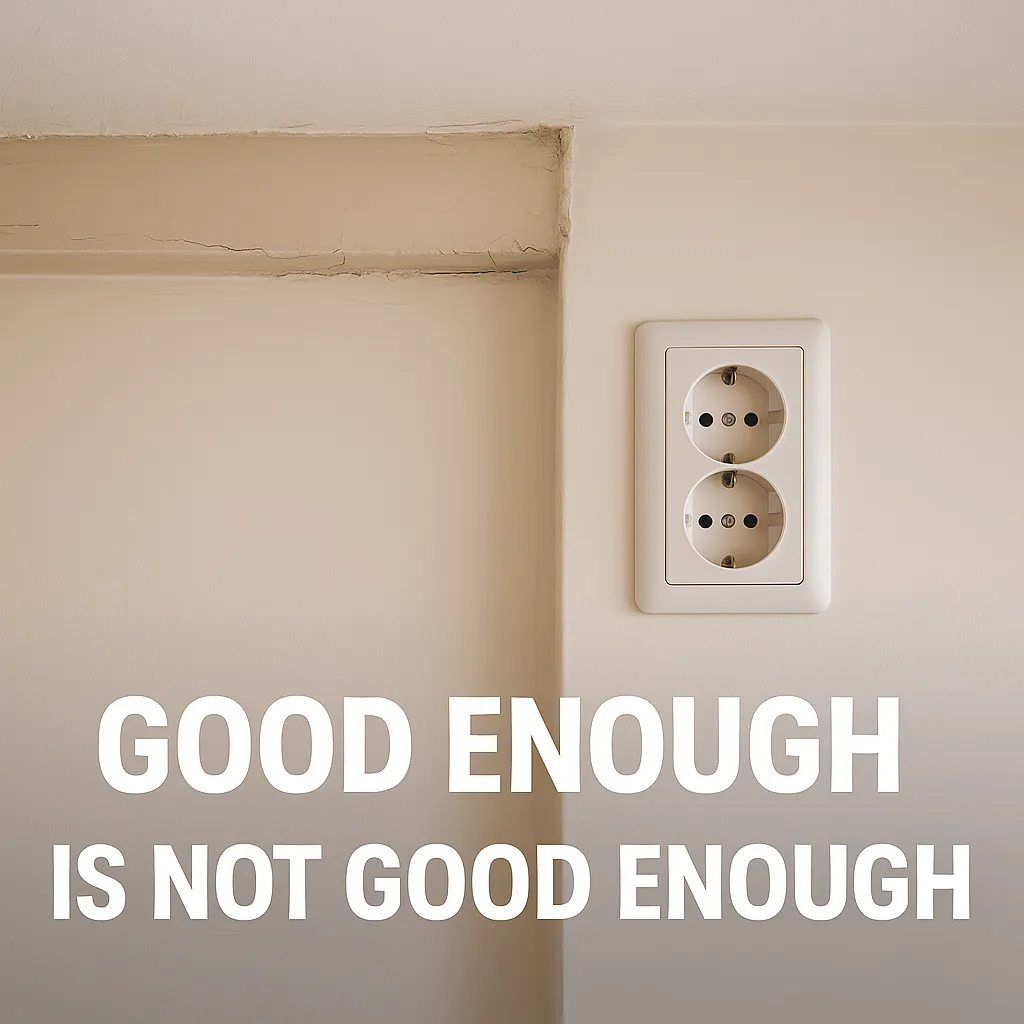The Ultimate Guide to Building a Culture of Quality in Your Construction Business
Imagine walking onto a construction site early in the morning. The smell of fresh concrete lingers, cranes swing materials overhead, and workers move about their tasks methodically. At first glance, everything looks orderly. But if you look closer, subtle signs indicate a deeper story: workers pausing uncertainly, managers appearing frustrated, and minor issues quickly escalating into bigger problems. This scenario is far more common than you'd think, especially in smaller construction firms. The difference between success and struggle often comes down to one factor: a true culture of quality.
Quality isn't simply a box you tick at project completion; it's the foundation of profitability, client trust, and sustained business growth. Embedding a genuine quality culture into your everyday operations can seem daunting, but it's achievable—and essential. This guide dives deep into practical, real-world methods to transform quality from a casual consideration into your company's core identity.
Why Quality Culture Matters: Facts and Figures
According to detailed research conducted by McKinsey & Company, construction companies that embrace a robust quality culture typically experience 40% fewer defects and reduce overall project costs by approximately 30%. This translates directly into faster project delivery, fewer client disputes, and significantly improved financial margins (Read the full McKinsey report).
Step 1: Quality Starts at the Top—Clear Leadership Communication
Leadership sets the tone for quality. When leaders prioritize quality, their teams inevitably follow. At Turner Construction, for instance, senior executives regularly participate in site meetings, explicitly emphasizing the importance of inspections and rigorous quality standards. This hands-on approach has significantly boosted their reputation and consistently placed them among industry leaders (Learn more about Turner’s approach).
Step 2: Training Isn’t Optional—It's Essential
Quality doesn’t magically happen; it's built daily through informed and engaged workers. A mid-sized Belgian contractor implemented weekly toolbox talks based on actual project scenarios, and within three months, saw rework costs reduced by more than 25%. These sessions, featuring interactive and realistic scenarios, turned abstract standards into clear, actionable practices.
Tip: Engage workers with interactive training resources from reputable industry bodies like OSHA or the Construction Industry Training Board (CITB).
Step 3: Standardize and Simplify to Ensure Consistency
Complexity breeds confusion, and confusion compromises quality. A South African residential builder struggled consistently with concrete finishing. They introduced straightforward, visually guided Standard Operating Procedures (SOPs), clearly outlining each step—from mixing and pouring to finishing and curing. Within six months, client satisfaction improved by 40% due to significantly fewer defects and disputes.
Actionable Insight: Tools like Lucidchart or Sensus Process Modeler can help simplify and clarify your critical processes visually, ensuring workers know exactly what to do and how to do it.
Step 4: Recognize, Reward, and Reinforce Quality
People repeat what gets recognized. EllisDon, a prominent Canadian construction firm, initiated a 'Quality Champion' monthly award to highlight employees who exemplify exceptional quality standards. This simple recognition dramatically improved defect rates and encouraged widespread employee engagement (Read more about EllisDon's program).
Idea: Regularly celebrate quality achievements at team meetings. Make quality tangible, meaningful, and visible to everyone involved.
Step 5: Continuous Improvement and Real-Time Feedback
Quality is a continuous journey. Lean Construction principles, widely promoted by the Lean Construction Institute, emphasize regular reflection and rapid improvement. Companies adopting these practices see productivity improvements of up to 20%, alongside substantial decreases in defects.
Practical Tool: Implement simple digital feedback tools, such as JotForm or Google Forms, to regularly gather real-time insights directly from your teams and swiftly adapt processes to enhance quality.
Real-World Success Stories: Leading by Example
Skanska, a global construction giant, integrates Building Information Modeling (BIM) into their everyday operations—not just for design, but as a powerful quality control tool during construction phases. This proactive approach significantly reduces costly rework and enhances overall project timelines (Explore Skanska’s quality strategy).
Your First Step Towards a Quality-Driven Future
Building a sustainable quality culture is within your reach. It doesn't demand huge budgets or radical changes overnight—it simply requires consistent small actions and dedicated leadership. Take a first step today, no matter how small. Your future profitability and reputation depend on it.
Have a quality success story or faced specific hurdles in establishing a culture of quality? Share your experience below or email us at [email protected]. Together, let's set a higher standard for the construction industry.







